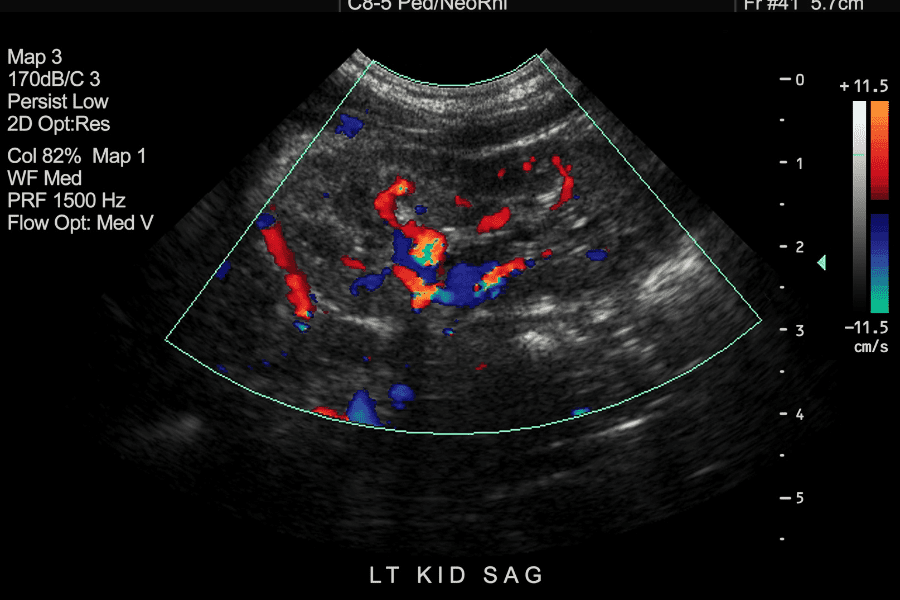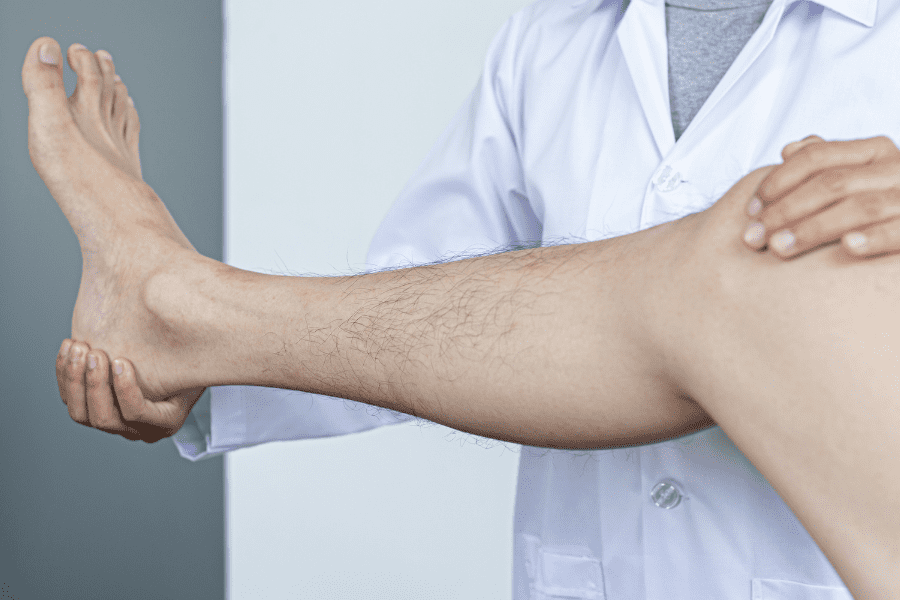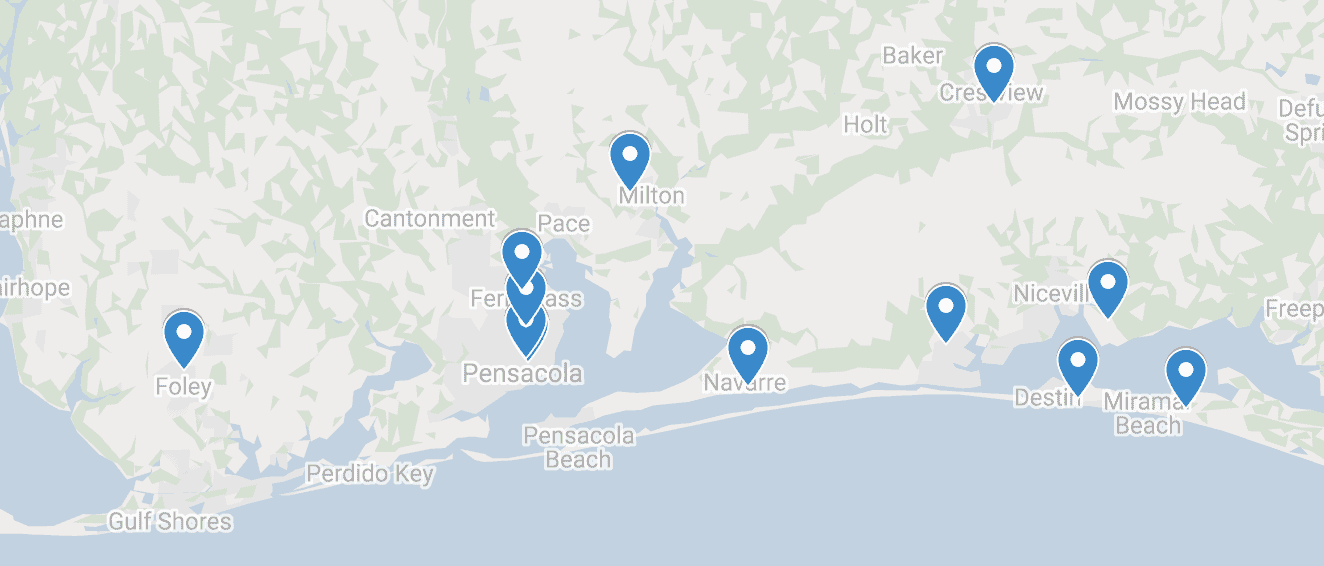What is Peripheral Artery Disease (PAD)

- What is PAD?
- What Causes PAD?
- How does PAD Threaten My Health?
- What are the Symptoms of PAD?
- How is PAD Diagnosed?
- What are the Treatment Options for PAD?
Peripheral Artery Disease (PAD) is a common circulatory problem that affects millions of people worldwide. According to Dr. Christopher J. Bosarge,”PAD is a growing concern, especially among older adults, smokers, and people with diabetes or high blood pressure.” It’s no wonder that it comes up so frequently; more than 6.5 million Americans over the age of 40 suffer from the disorder, which can be serious without proper treatment.
Why is this illness so common? What are the symptoms of PAD, and how can you prevent it? In this blog, Dr, Bosarge and the team at Coastal Vascular & Interventional provide answers to these questions.
What is PAD?
Peripheral Artery Disease (PAD) is a common circulatory problem that affects millions of people worldwide. It is caused by the narrowing or blockage of the arteries that supply blood to the legs and feet, leading to reduced blood flow and oxygen to the muscles. PAD can cause pain, discomfort, and other symptoms that can significantly affect a person’s quality of life. In this article, we will explore the causes, symptoms, diagnosis, and treatment options for PAD.

What Causes PAD?
PAD is typically caused by a buildup of plaque in the walls of the arteries, a condition known as atherosclerosis. Plaque is made up of cholesterol, fatty deposits, calcium, and other substances that can accumulate and harden in the arteries over time, leading to reduced blood flow.
Other factors that can contribute to PAD include:
- Smoking: Cigarette smoking is a significant risk factor for PAD, as it can damage the lining of the arteries and promote the buildup of plaque.
- Diabetes: People with diabetes are at higher risk of developing PAD due to high levels of glucose in the blood, which can damage the arteries and increase the risk of atherosclerosis.
- High Blood Pressure: Hypertension can damage the arteries and contribute to the buildup of plaque, leading to reduced blood flow to the legs and feet.
- High Cholesterol: Elevated levels of cholesterol in the blood can increase the risk of atherosclerosis, leading to PAD.

How can PAD Threaten my Health?
A diagnosis of PAD is potentially serious. When blood flow is blocked, the oxygen that sustains tissue life is also thwarted. In severe cases, PAD can block the blood flow and cause tissue death that can lead to a leg or foot amputation.
PAD can cause a number of nasty complications that threaten your health, and possibly your life, such as:
- Critical limb ischemia, which is when an extremity sore causes tissue death
- Heart attack
- Stroke
Given the serious complications associated with the disease, it’s important to maintain a healthy lifestyle in order to prevent PAD if you know you are at risk. This includes maintaining a healthy diet, exercise, weight loss, and quitting smoking.

What are the Symptoms of PAD?
PAD can cause a range of symptoms, including:
- Pain, cramping, or fatigue in the legs, especially during physical activity.
- Numbness or tingling in the legs or feet.
- Weakness or heaviness in the legs.
- Coldness in the legs or feet.
- Sores or wounds on the legs or feet that do not heal.
- Changes in skin color or texture on the legs or feet.
- Hair loss and shiny skin in the area you feel pain
- Toenails that seem to grow slowly or not at all.
It is essential to seek medical attention if you experience any of these symptoms, as they can be a sign of PAD or other underlying conditions.

How Is PAD Diagnosed?
Diagnosis of PAD typically involves non-invasive tests such as the Ankle-Brachial Index (ABI) test, Doppler Ultrasound, or Magnetic Resonance Angiography (MRA).
In some cases, invasive tests such as angiography or arteriography may be necessary to provide more detailed information about the condition of the arteries.

What are the Treatment Options?
The treatment of PAD typically involves a combination of lifestyle changes, medication, and minimally invasive procedures. “Lifestyle changes, such as quitting smoking, maintaining a healthy weight, and exercising regularly, can help improve circulation and reduce the risk of complications from PAD,” Dr. Bosarge explains. Medications such as aspirin, cholesterol-lowering drugs, and blood pressure medication may also be prescribed to help manage symptoms and reduce the risk of complications.
Minimally invasive procedures, such as angioplasty, stenting, and atherectomy, can help improve blood flow to the legs by opening up blocked or narrowed arteries. Dr. Bosarge emphasizes that these procedures are generally safe and effective and can significantly improve a patient’s quality of life. In severe cases, surgery may be necessary to bypass or remove the blockage in the affected arteries.
PAD is a common condition that can have severe complications if left untreated. Dr. Bosarge and his team at Coastal Vascular & Interventional stresses the importance of recognizing and reporting any symptoms of the disease and seeking medical attention promptly. Call us to improve your health and well-being.


